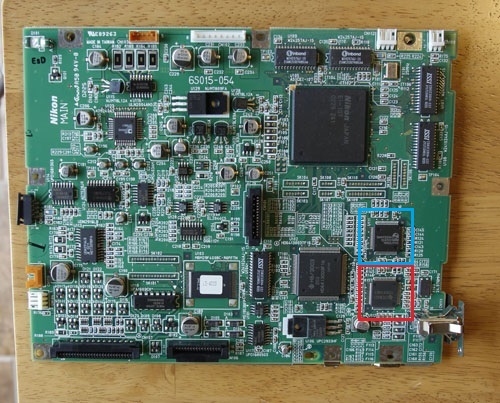camverton
pfm Member
Ooh, this thread is a real trip down memory lane, photography having been my career, if it can be described as such. Since leaving work I have used an Epson V700 for scanning the odd negative but for "scanning" Kodachrome I find that using a digital camera with a decent macro lens far superior to the Epson V700 and Nikon slide scanner the latter being abysmal at coping with the high Dmax of Kodachrome. Whilst working I would get contractors to scan negs and trannies on their impressively expensive drum scanners.
I am curious as why anyone should want to use film in this day and age. Bearing in mind that much of my work was in the scientific and industrial areas I reckon that modern digital is far superior to the film era and if one is nostalgic for the limitations of that clumpy film look than it is possible to emulate that in software these days. As for mucking about with chemicals I would have to feel particularly masochistic to go back down that route!
Mind you I am on the look out for a wind up gramophone to play my old 78s. "Red Riders in the Sky" anyone? Don't think it would replace my current hifi though!
I am curious as why anyone should want to use film in this day and age. Bearing in mind that much of my work was in the scientific and industrial areas I reckon that modern digital is far superior to the film era and if one is nostalgic for the limitations of that clumpy film look than it is possible to emulate that in software these days. As for mucking about with chemicals I would have to feel particularly masochistic to go back down that route!
Mind you I am on the look out for a wind up gramophone to play my old 78s. "Red Riders in the Sky" anyone? Don't think it would replace my current hifi though!



